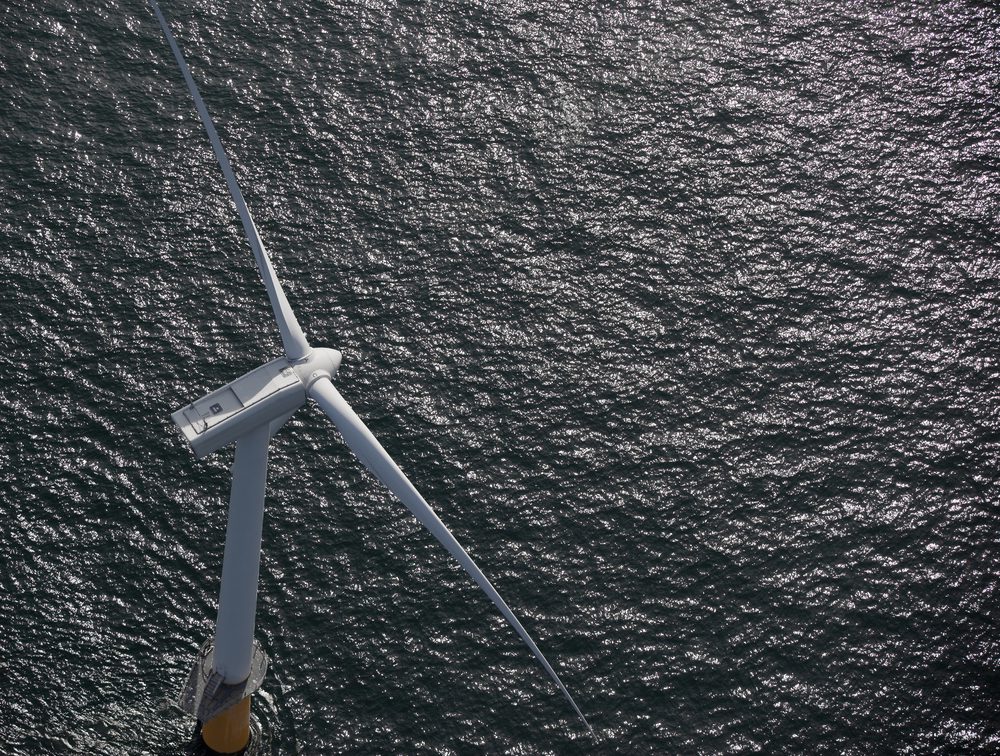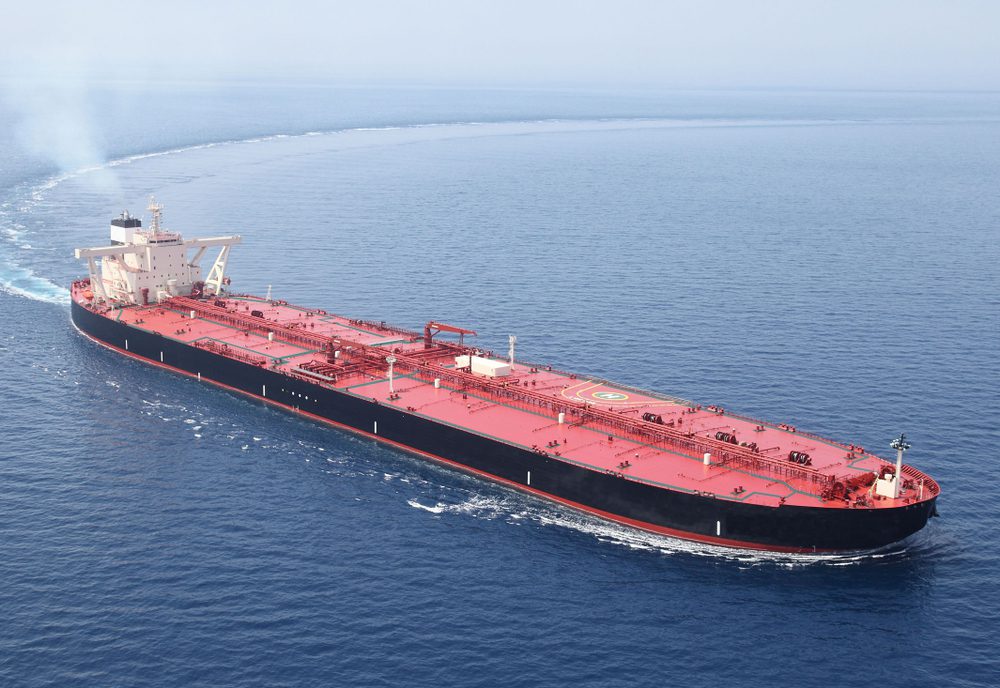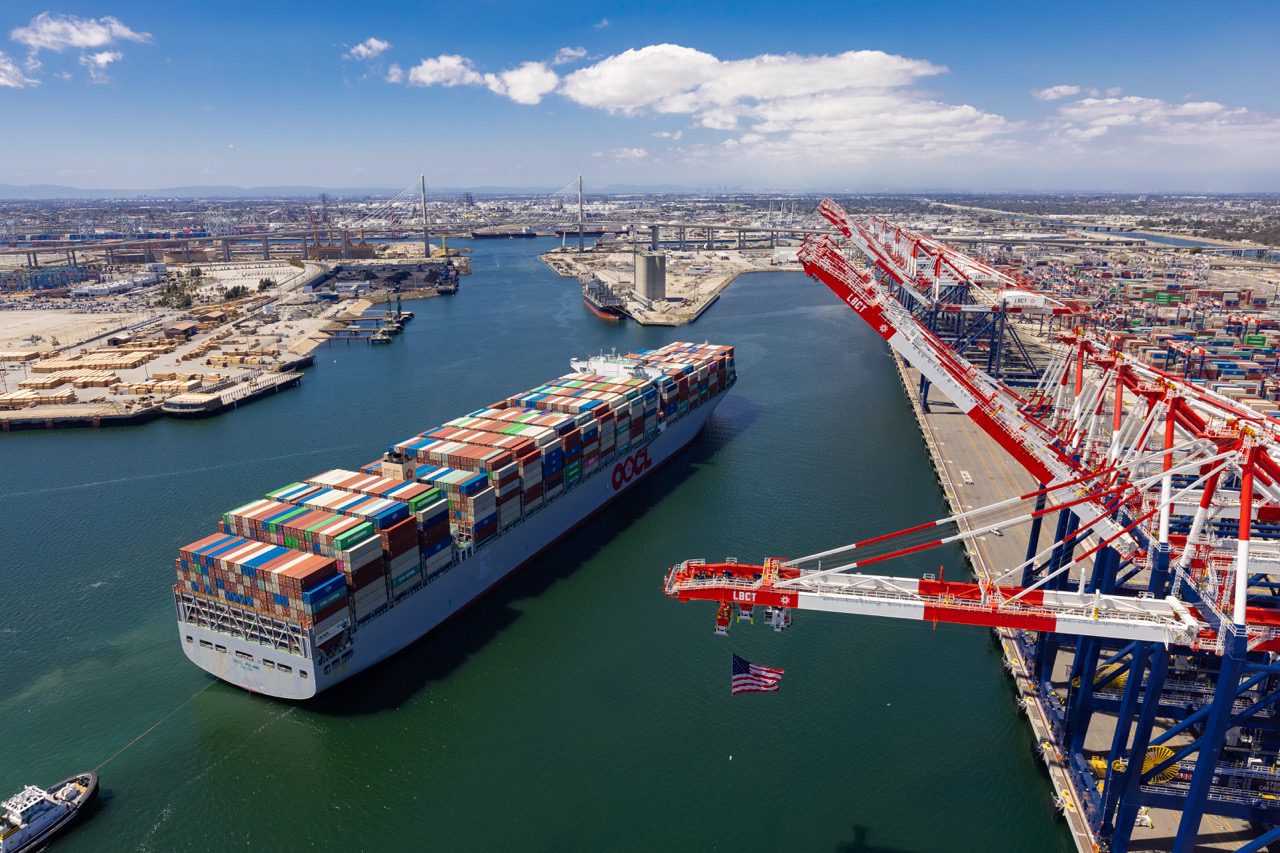Photo: Shutterstock/Teun van den Dries
 By Nina Chestney and Christoph Steitz LONDON/FRANKFURT, Feb 6 (Reuters) – British offshore wind project Triton Knoll has attracted the interest of several large investment funds, according to three sources familiar with the matter, in a sign of the growing competition for assets in the fast-changing sector.
By Nina Chestney and Christoph Steitz LONDON/FRANKFURT, Feb 6 (Reuters) – British offshore wind project Triton Knoll has attracted the interest of several large investment funds, according to three sources familiar with the matter, in a sign of the growing competition for assets in the fast-changing sector.
German energy group Innogy , owner and developer of the planned 2-billion-pound ($2.8 billion) farm off the coast of eastern England, is looking for partners to get it off the ground.
The project has drawn interest from a number of infrastructure and pension funds, including Australia’s Macquarie , Switzerland’s Partners Group and Denmark’s PFA Pension, the three sources told Reuters.
Innogy, Macquarie, Partners Group and PFA all declined to comment on Triton Knoll. Offshore projects of this size typically have more than one investor alongside the developer.
The demand for the 860-megawatt (MW) Triton Knoll is indicative of the wider interest in offshore wind projects among funds. The returns on offer – typically 6-9 percent – outstrip interest rates, while competition has been heated up by the fact the number of profitable new projects becoming available is declining because fewer can secure government subsidies.
New data from industry group WindEurope, provided to Reuters ahead of its publication, reflects this rising institutional investor interest, as well as the decline in the building of offshore farms.
Infrastructure funds, pension funds and asset managers accounted for 35 percent of offshore M&A activity in Europe in 2017, up from 27 percent in the previous year, according to the data. At the same time, spending on new offshore capacity in Europe declined by 60 percent to 7.5 billion euros ($9.3 billion) last year, the first annual fall since 2012.
“There is definitely competition. The larger the project, the larger the investors which look at them,” said Oldrik Verloop, head of client advisory services for real assets at Aquila Capital, which manages 3.6 billion euros of renewable assets.
MEGATURBINES
The wind sector is undergoing structural change that is altering the calculus for investors.
While returns on offer beat interest rates by a wide margin, they are still lower than the double-digit percentage returns projects yielded before governments across Europe started to cut the generous subsidies that have cradled the wind power sector since its inception in the early 1990s.
Last year, auction systems were introduced which involved lower government handouts and drove down margins for projects.
The reason investment funds remain interested lies in the long-term revenues and stable cash flows wind farms generate, much like other infrastructure projects, plus the fact that technological advances are bringing down costs.
In the last decade, turbines have grown larger, with some now standing taller than the giant London Eye Ferris wheel which graces the skyline of the British capital – and even larger “megaturbines” are in the works. Bigger turbines sweep a larger area and harness more wind, cutting costs per megawatt.
“What happens now is that efficiency of projects increases, driven by the cost and size of the equipment,” said Brandon Prater, head of European private infrastructure at Partners Group.
Offshore wind power projects still cost 40 percent more than onshore and a fifth more than solar but because the offshore sector is at an earlier stage of development, costs are expected to fall faster and further, according to McKinsey research published last year.
In Britain, the cost of energy from offshore wind has fallen by nearly a third since 2012 and the price for new offshore wind fell below that of nuclear for the first time late last year, according to figures from a power auction.
INVESTMENT RISKS
For some investors, the pressure on margins resulting from the shift to auctions, some of which have drawn zero-subsidy bids from project developers such as Germany’s EnBW and Denmark’s Orsted , is too high.
“Particularly German and Dutch offshore wind is not as attractive … as the margins are low,” said Per Lekander, portfolio manager at London-based hedge fund Landsdowne Partners.
Some of the funds who remain interested in the sector are banking on a different source of security when it comes to wind power projects, with so-called power purchase agreements (PPAs).
These deals, struck with corporate clients, can reduce investment risks because they ensure the clients buy power directly from the wind farm, giving operators a guaranteed revenue stream.
“For financial investors it’s relevant to secure cash flows and a certain power price,” said Holger Kraft, partner at law firm CMS Hasche Sigle, who has advised several investors on deals in the sector, including Partners Group.
Aquila, for example, secures PPAs for part of its wind, solar and hydro projects, to give investors a better incentive to fund projects.
“The objective of a PPA is for the buyer to secure renewable energy volumes at a given price for a specific period,” said Verloop.
($1 = 0.7111 pounds; $1 = 0.8061 euros)
(Editing by Pravin Char)
(c) Copyright Thomson Reuters 2018.

 Join The Club
Join The Club











